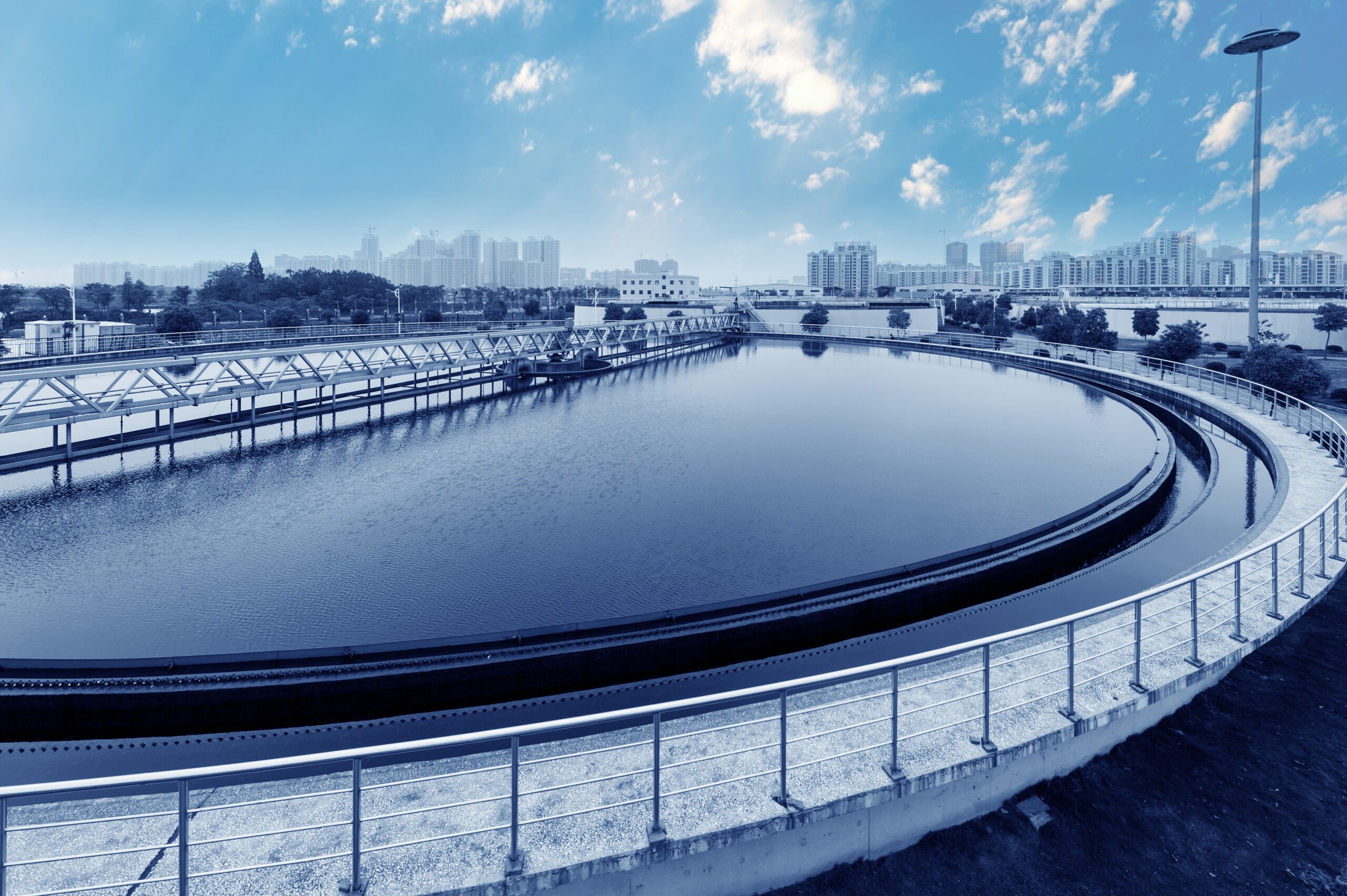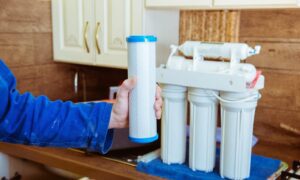The market for residential water treatment devices is anticipated to increase at a 9 percent CAGR from 2017 to 2027, reaching a value of US$56 billion. All living things need water to survive, yet it is also one of the most scarce resources. These sources of life have been contaminated, making them dangerous for human use. This contamination has been caused by extensive urbanization, widespread pesticide usage, and naturally occurring pollutants in some water basins. In its report titled “Residential Water Treatment Devices Market: Global Industry Analysis (2012-2016) and Opportunity Assessment (2017-2027),” Future Market Insights in-depth examined the global residential water treatment devices market, which is anticipated to expand at a strong CAGR of 9% from 2017 to 2027 and surpass a value of US$ 56 billion.
Region – Governments Unable to Provide Safe Drinking to all Citizens in APEJ
3/5 of the world’s population now resides in the APEJ region, which is expanding quickly. According to a UNICEF assessment, the rate of growth there considerably outpaces the number of people who are acquiring access to safe drinking water. According to India’s 2011 Census, 14% of households there lack access to clean drinking water. The APEJ region’s natural water bodies are also getting worse due to extensive development and overuse of pesticides. Numerous bodies of water that serve as a source of drinking water for millions of locals are dangerously high in pollutants. Industrial pollution and agricultural pollutants that seep into the nearest water body from the land have an impact on more than 80% of water bodies in China, including shallow groundwater. Over 75% of Indonesia’s rivers are heavily contaminated with fluoride and arsenic, directly contributing to the deaths of about 50,000 people each year.
Region – Increasing Cases of Waterborne Diseases in North America
The United States has one of the cleanest drinking water systems in the world, but due to the inadequacy of public water systems that prevent consumption from non-public systems, there are several cases of gastrointestinal ailments recorded in the country every year. Numerous health issues, including pneumonia, vomiting, diarrhea, difficulties breathing, ear, eye, and skin infections, can be brought on by waterborne pollutants. Giardiasis, cryptosporidiosis, and otitis externa caused about 40,000 hospital admissions per year and cost the nation slightly under $1 billion. Each year, the pathogen Clostridium difficile alone is responsible for over 8000 fatalities. The market for household water treatment devices in North America, which is expected to be valued at approximately US$ 7.8 billion in 2027 with the US making up the majority of this market, can help prevent these deaths.
Equipment Type – Reverse Osmosis Most Popular Equipment Type
In the market for residential water treatment devices, the reverse osmosis category has a market share of over 60% in 2017 and is projected to increase to 63 percent by the end of the forecast period. Key players in the residential water treatment devices market must focus on reverse osmosis since it is anticipated to see the highest CAGR of 9.7% by value from 2017 to 2027. In the reverse osmosis portion of the home water treatment equipment market, there is a potential absolute monetary opportunity of just under $1 billion in 2017 compared to 2016.
Competition Dashboard in the Residential Water Treatment Devices Market
The following companies are included in the report’s profiles: Amway Corporation, The 3M Company, Haier Group Corporation, Robert Bosch GmbH, Whirlpool Corporation, BRITA GmbH, Culligan International Company, Eureka Forbes, Kent RO Systems Ltd., Panasonic Corp ADR, LG Electronics Inc., Hindustan Unilever Ltd., Mitsubishi Rayon Cleansui Co. Ltd., P.T. Holland, A.O. Smith Corporation, Mazuma Thailand Co. Ltd., Ceramica































